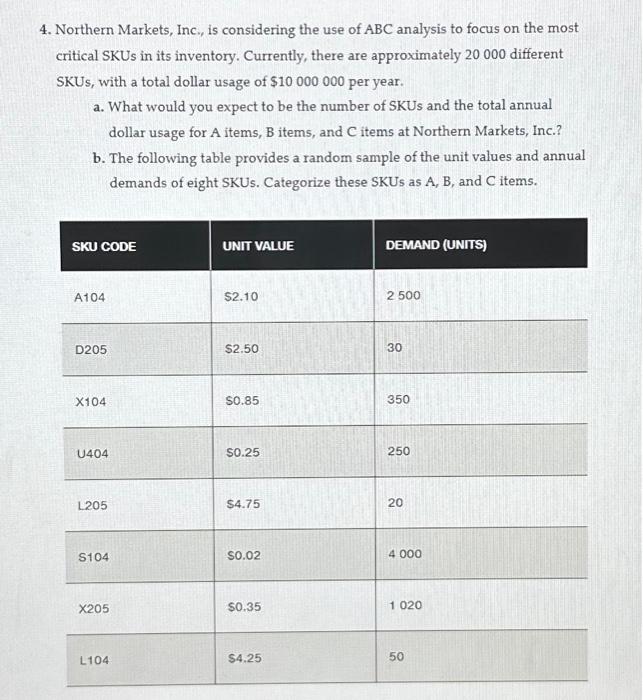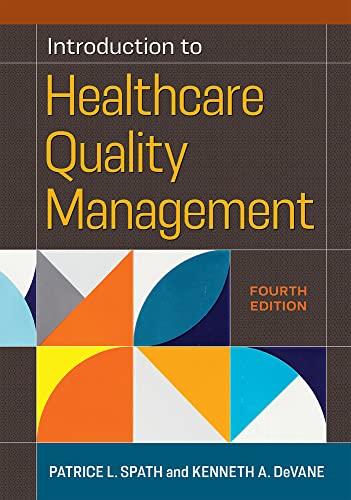Answered step by step
Verified Expert Solution
Question
1 Approved Answer
The answer for 1.a. is $52,500. Complete all of number 1., 4., 5., and 6. 1. Prince Electronics, a manufacturer of consumer electronic goods, has
The answer for 1.a. is $52,500.
Complete all of number 1., 4., 5., and 6. 



Step by Step Solution
There are 3 Steps involved in it
Step: 1

Get Instant Access to Expert-Tailored Solutions
See step-by-step solutions with expert insights and AI powered tools for academic success
Step: 2

Step: 3

Ace Your Homework with AI
Get the answers you need in no time with our AI-driven, step-by-step assistance
Get Started


